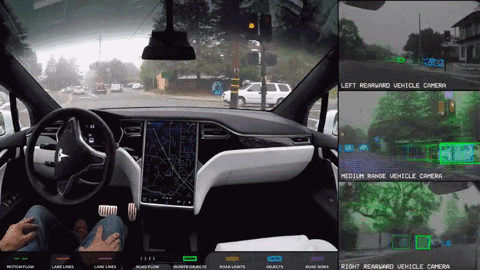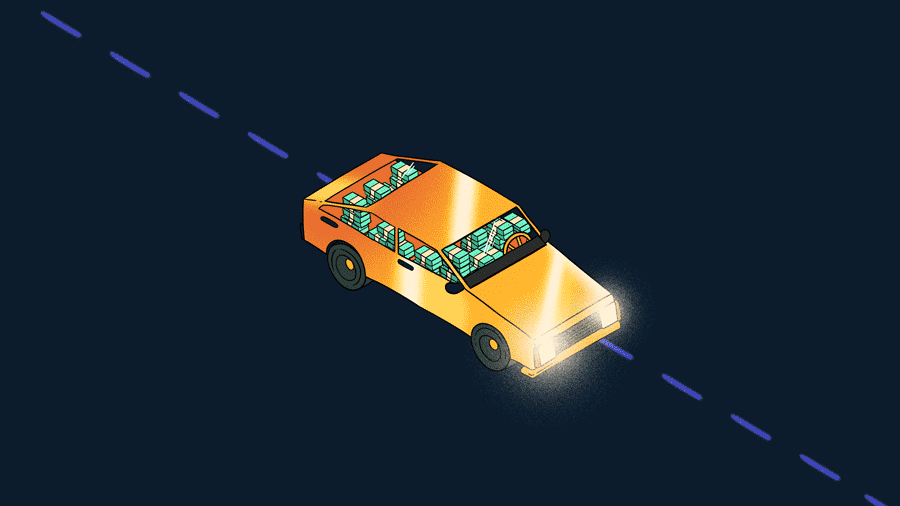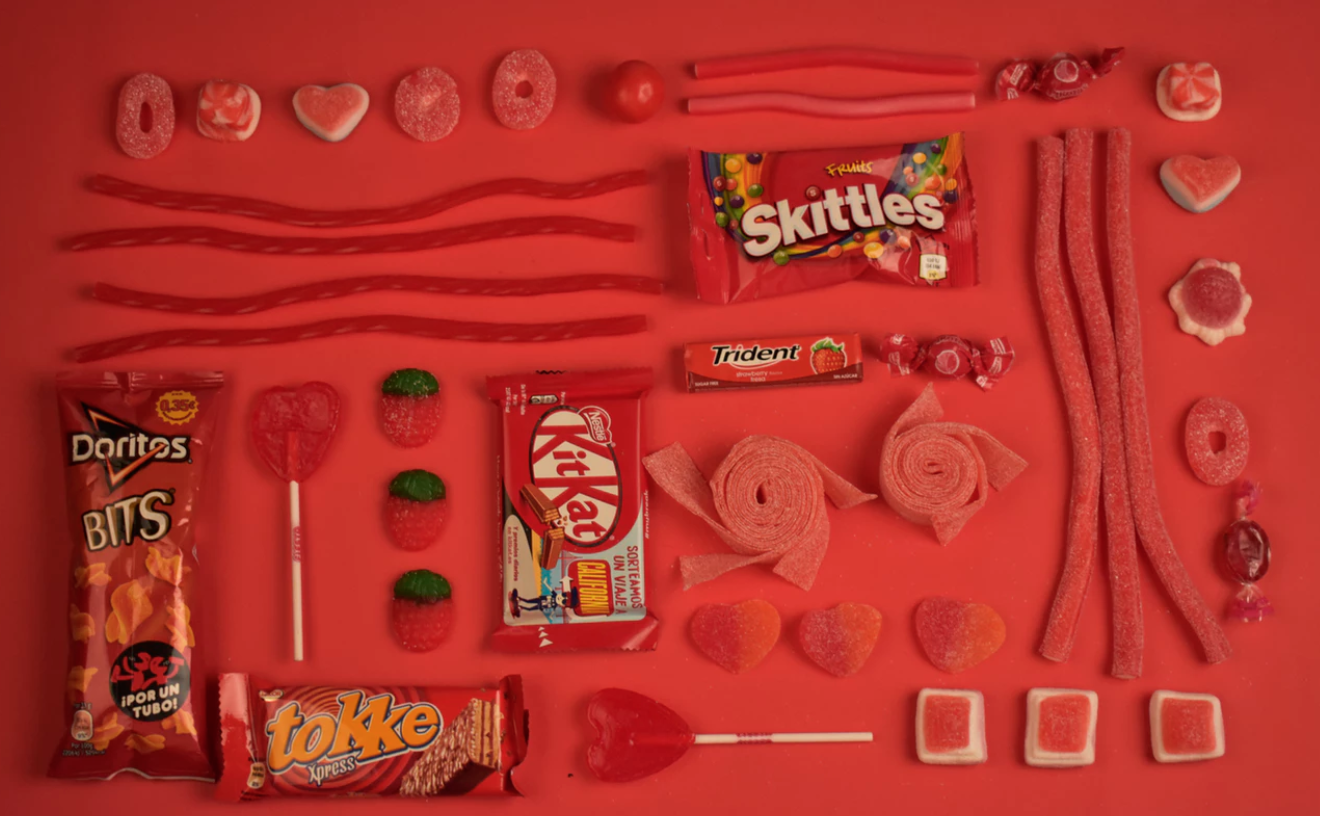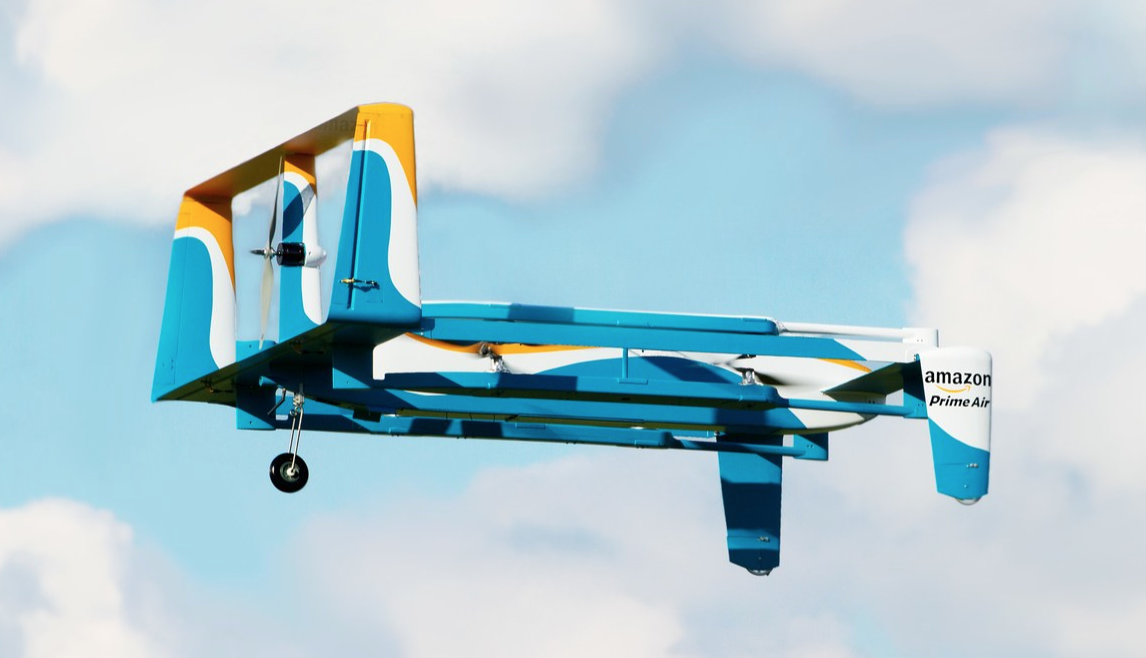
You’ve probably heard about blockchain, but what we really need to understand is how blockchain can be used to fundamentally change what corporations are and how they can be run. Slight nerd warning for this entry – but I think you’re gonna dig it.
During the Age of Discovery, modern corporations were invented to remove personal risk from people taking financial risk. Ever since then, new forms of sovereignty have emerged. Of course, this confuses who owns what and who is actually responsible. There’s even a question mark over who owns your own face these days, as usage and collection of facial recognition data grows. What’s about to arrive is even weirder than that. Very soon, ‘things’, like cars, will be able to own themselves!
What makes this possible?
There are two innovations that make this possible. The first we all know about – self-driving cars. The tech is already here and it works – no explanation required. The second is the technologies most associated with cryptocurrencies: blockchain and Smart Contracts.
To understand where I am going with this, all you need to know is that we now have a technology which enables us to programme the behaviour of ‘things‘ like cars, to behave in certain ways, financially. So instead of people doing deals with other people and transacting – ‘things‘ will be able to do business with other ‘things‘.
We will be able to programme ‘things’ to interact with the world independently. For example, a self-drive car could be programmed to recharge or refuel with petrol when required, and then transact with another robot programmed to extract the requisite funds from the cars’ virtual wallet.
How will we do this?
In the near future we’ll have an ‘Internet of Things’ kind of trading net. Let’s call it the ‘Tradenet‘. This Tradenet will be a bit like the internet as we know it, but instead of having virtual web addresses we visit online, it will have the actual physical location of real ‘things’ like cars registered to it. It will be an internet where we trade the usage of ‘things’. The Tradenet won’t be for all forms of commerce – only for ‘things’ that are commoditised so we know exactly what we will be getting. Every ‘thing’ on the Tradenet will be self-aware: what it is, where it is, how it’s used, who wants it, what its fees are, how it will advertise itself, and how to make contracts with other people and things, and essentially do contracts or ‘jobs’. ‘Things’ on the Tradenet will be self-employed. This will be a separate kind of internet that sits to the side of what we have now.
The Autonomous Economic Agent
A car on the Tradenet will become an autonomous economic agent. It will have an inbuilt set of instructions in its code which not only tells it what to do, but enables it to learn from its environment, constantly upgrading its knowledge and decision criteria.
So what might a Tradenet car do?
Firstly, it will be ‘born‘ into the market when someone buys it and puts it out to work. This could be a person, a corporation, a foundation, or even a charity. The car comes with a ‘mind of its own’. Even if two models of the same car are put on the market, after a time, like twins, they’ll evolve and behave differently, because of how they have learned to interact with the market.
The car will bid for work on the Tradenet, with the objective of, let’s say in this case, maximising profit. It will find the best routes to maximise profit, know where position iteself and the optimal times to get the most rides. When demand is low for people passengers, it will look for package deliveries or other forms of paid transport the Tradenet needs.
At night, it will go on the Tradenet and look for the cheapest car park to stop in overnight when demand is low. It then hits the road again early in the morning, hoping for long airport trips. It knows when it needs to be serviced and cleaned, as well as where and when it is least costly to perform these tasks.
During school holidays when the city becomes quiet, it drives itself up to the Gold Coast to do business with holiday makers. Around Christmas time when the the trucking industry has excess demand, it does trips between major cities hauling gifts for ecommerce purchases overnight. Zipping from Melbourne to Sydney overnight, the car then works in Sydney the next day… before making the overnight trip back to Melbourne the following day.
The car trades based on what it learns about the best routes with other Autonomous Economic Agent cars – for a fee!
Here’s the real kicker – when the car itself is too busy and market conditions are just right – it gives birth. It uses its excess profits to purchase a new baby car from the Tradenet. It buys the right car for the market, which may well be a different model to itself. When the new baby car arrives, the parent car downloads all that it knows to the child and puts it out to work. Of course, it teaches the child to learn from the mistakes the parent has made and hopes it does even better financially. The cars which learn the most will make the most money, as a quasi-autonomous corporate family. The more babies a car has, the more successful it is.
As the original car ages, it might even put itself into retirement. Or worse, its ‘kids’ collude to send it to the scrapyard as it is dragging down the car family’s profit. 🙁
Next Generation Corporations
Yes, our next iteration of the corporation is ‘things’ that act just like companies do, except there are no people involved in running them. People might have shares in Autonomous Economic Agents and as soon as self-drive cars are affordable and the regulations allow, this ownership model will follow.
The only question is, which entrepreneur will be first to the write the code to make it a reality?





